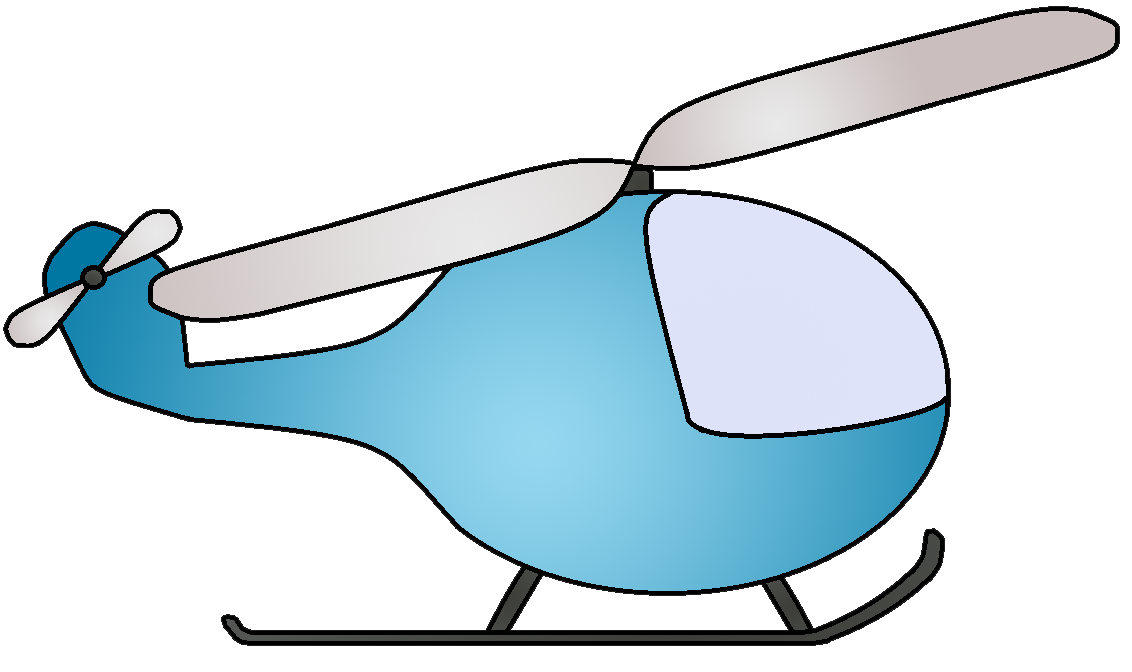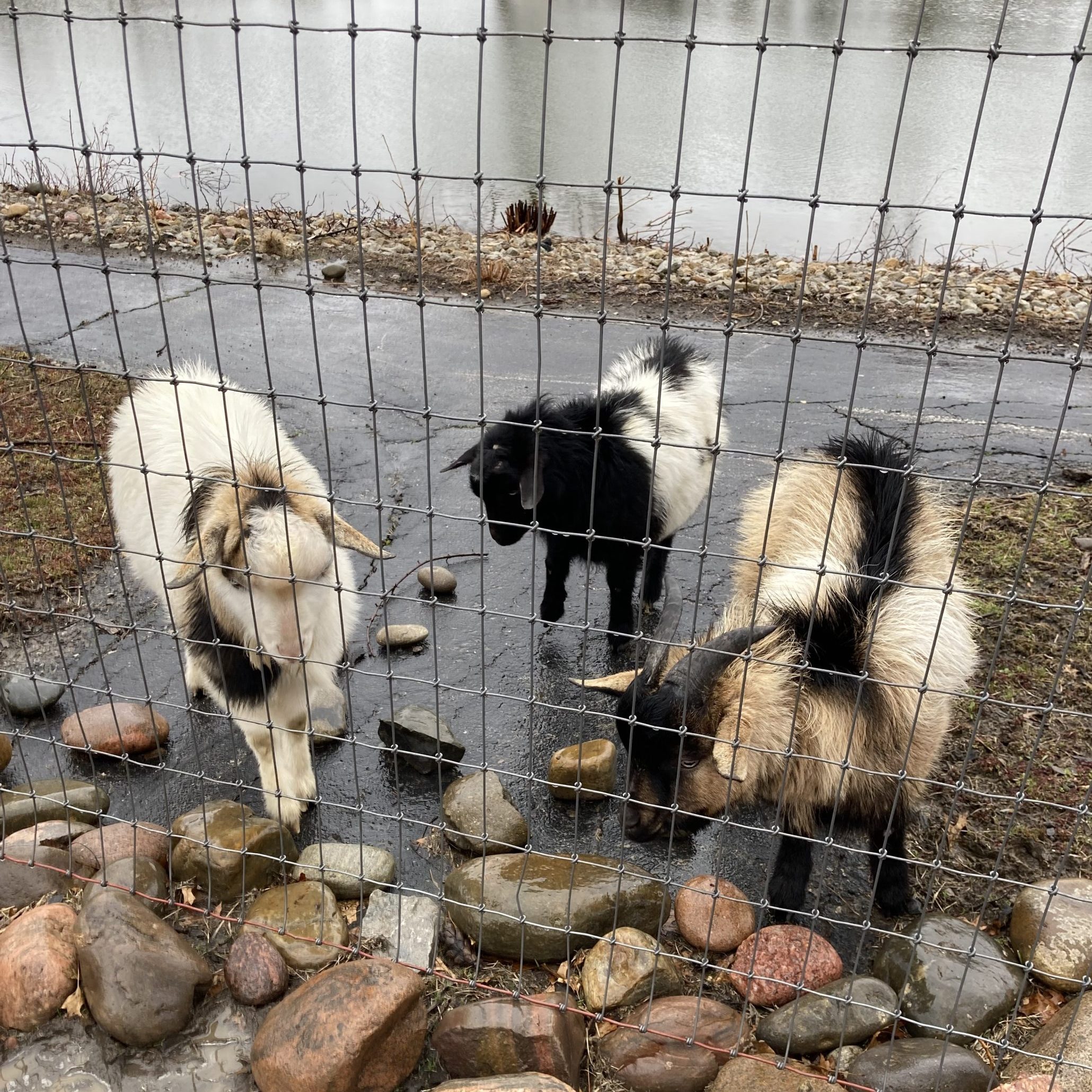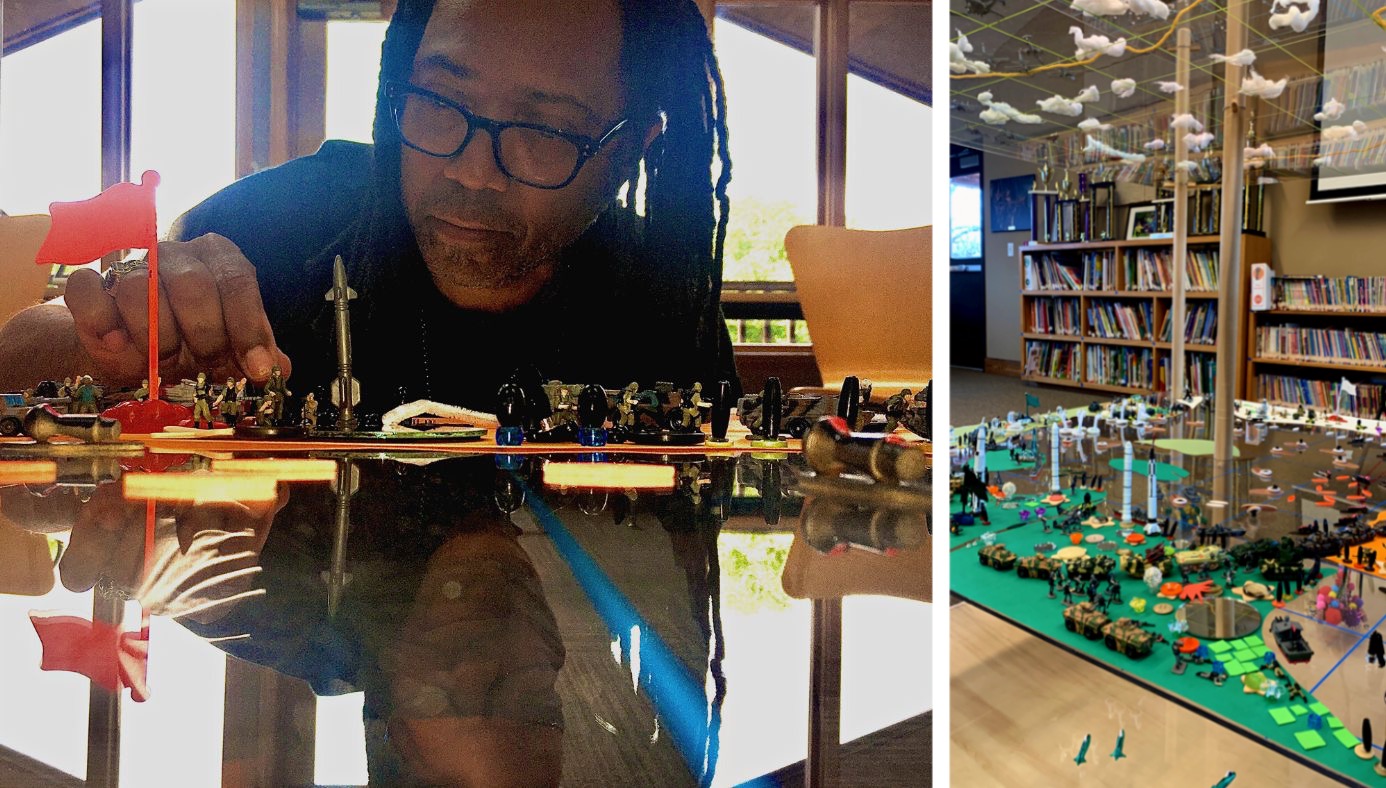When we first started Raintree, Montessori was relatively new to the Lawrence community. The Raintree campus of today bears little resemblance to the ramshackle building and grounds of yesteryear, but we have fond memories of that time, just as we will have fond memories of this time in our lives in years to come. As our
physical environments improved (a real parking lot replaced the mud and gravel and windows brought natural light into what had been dimly lit classrooms) and our students achieved success after leaving Raintree, a type of mythology started to develop. Families began to think that if they just sent their child to our Montessori school, they would never suffer hardships and all would be well. “Raintree is a guilt-free environment for parents,” I heard a father say one
time whose three children attended. What did he mean by that? A Montessori experience should never be about removing every obstacle from a child’s path. Research has proven (and Montessori observed) that the only way a brain can fully develop is to have obstacles to overcome, to “do hard things” as Barbara
Kingsolver said of her children’s experience in a Montessori school. The concrete hands-on experiences and the hand/mind connection builds academic skills like nothing else can, but alongside the academic benefits are the social and
emotional advantages children have as they learn how to get along with other people. The latter may be just as important, if not more, for one’s future success in life. Keith and I sometimes mythologize the old days, too, as we remember the pastures that surrounded the school filled with grazing cattle, rolling hills where we once rode our horses. But just as one forgets the pain of labor after childbirth, we forget how many flies invaded our classrooms because of the cattle and horses! And so it is with the behavior of children. Our rose-colored perspective has also softened the behavior issues we dealt with at that time. This never was more apparent than when we viewed an old Beta videotape of the Raintree
playground circa late 1980s. Keith had just gotten a new camera, and he was filming the playground. We got caught up in seeing the old wooden swing made of telephone poles, the arc of which would send a child high enough in the air to see Baldwin (not really, but it seemed that way) until we saw what was happening in the foreground. Four little boys were wrestling in the grass right below us, pummeling each other! Stunned, we re-wound the tape. Where was the supervision? Why didn’t the cameraman (Keith) do something? But no one did. A few moments
later as the filming continued, we caught a glimpse of the same four boys, two of them locked arm in arm running toward the climber, laughing gleefully, and the other two approaching the swings, happy to find they were empty so they could swing. In our efforts to do the best for our children, we mistakenly think that providing them with an error-free, tear-free and obstacle free environment is the right thing to do. There is even a word for that kind of parenting, as you
know; it’s called helicopter parenting. So if you are thinking of climbing into that helicopter, don’t. Or at least check with your child’s teacher first. Parent-teacher conferences are just around the corner. One fun way to begin the conference is to ask, “Where do you keep the helicopters atRaintree? I’m thinking of taking a ride!” And see what the teacher says. The moral of this tale is to say that there will be times your child comes home with a bump, or a bruise, a scratch or a tear. Get out of the helicopter, but a smile on your face and say, “Will you help me make dinner?”







